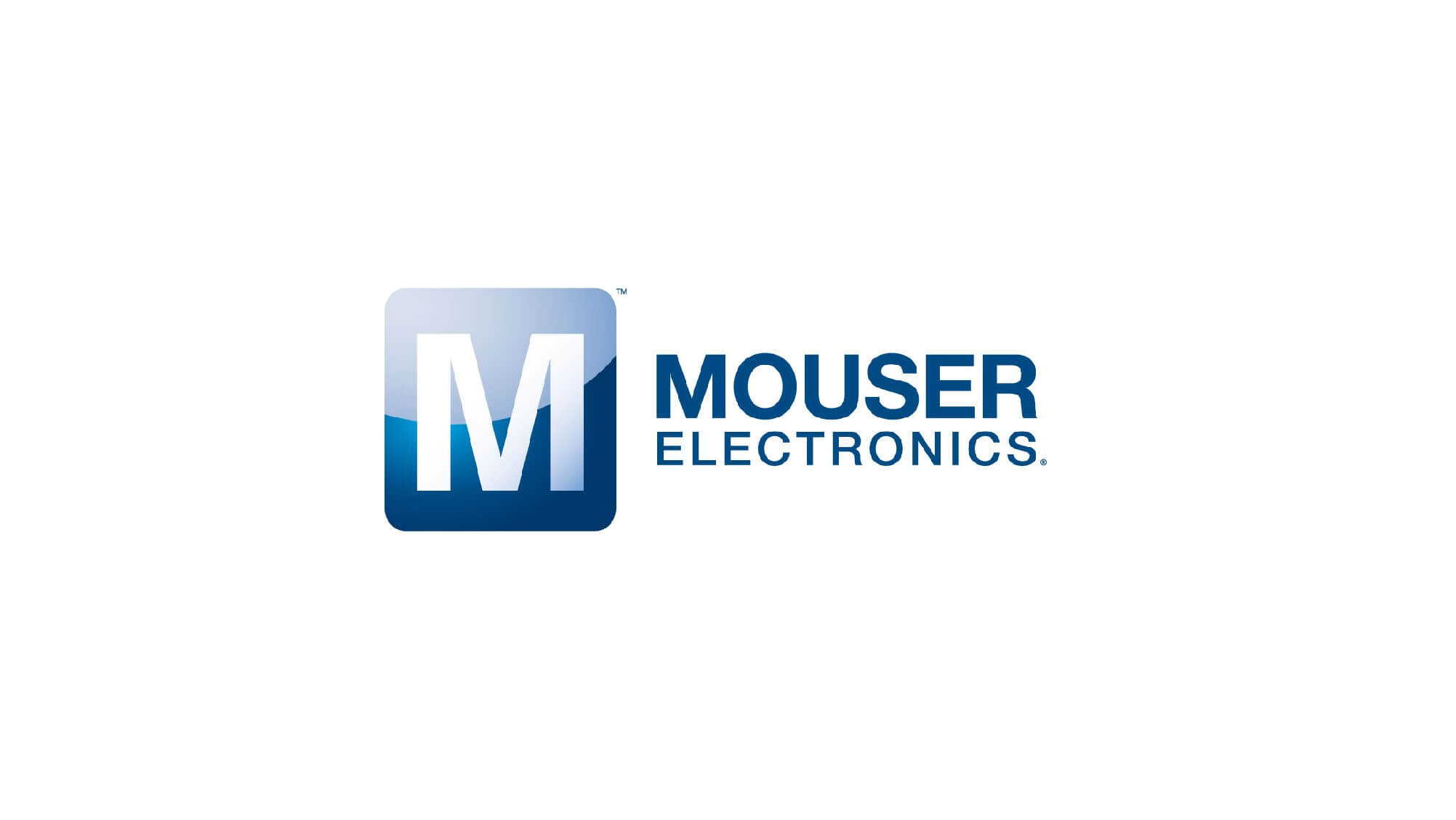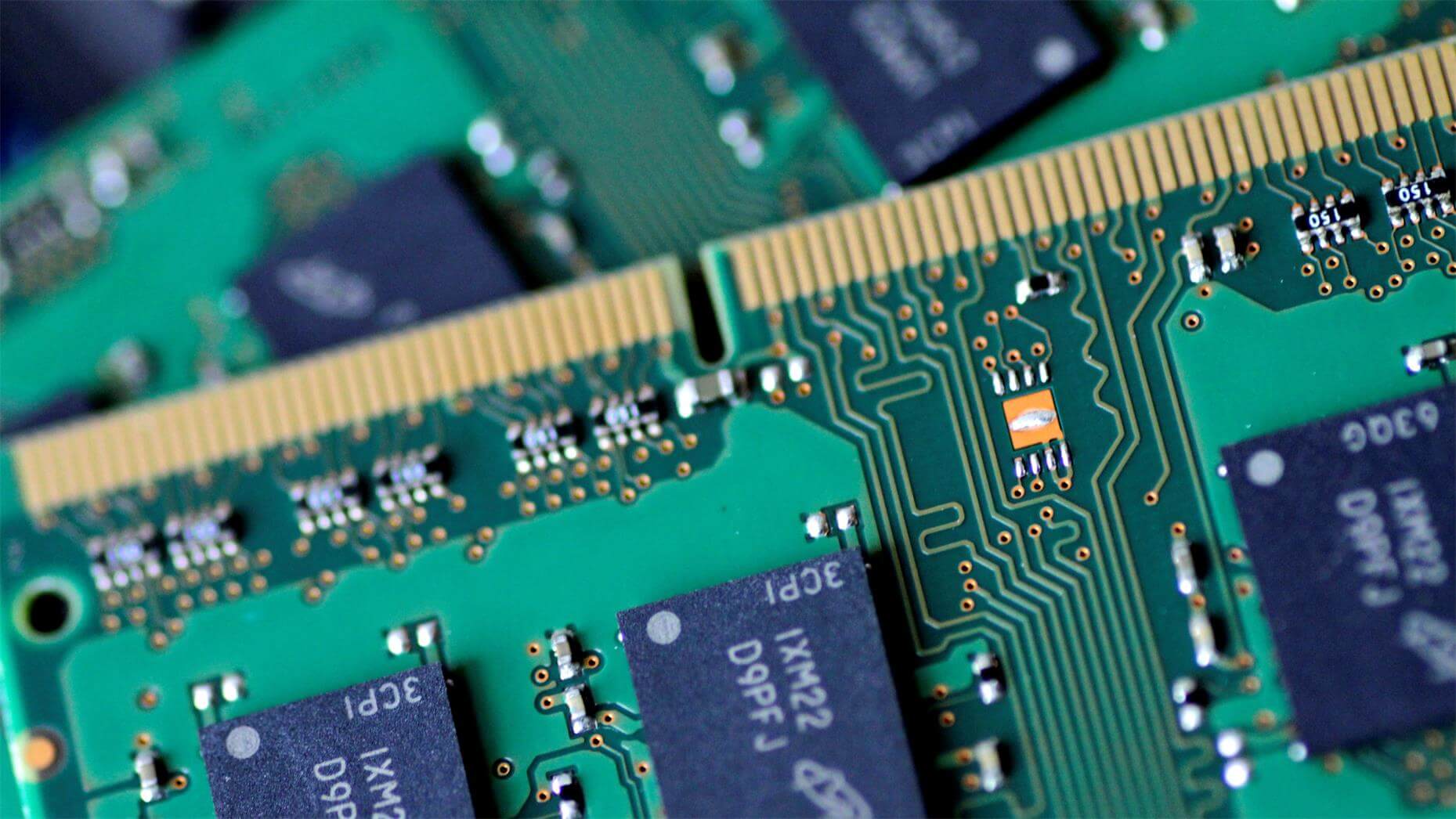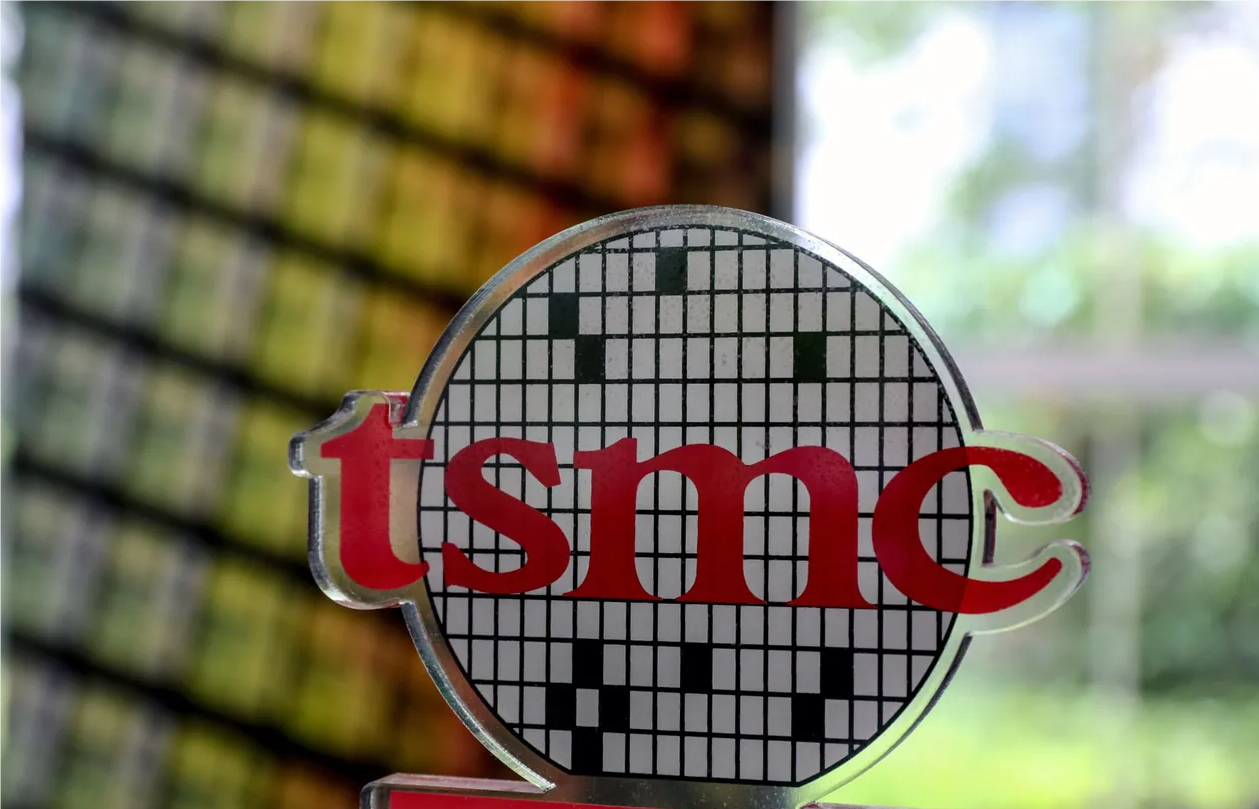July 14, 2025 /SemiMedia/ — The U.S. government will impose a 50% tariff on all imported copper starting August 1, triggering alarm within the global semiconductor sector due to copper’s critical role in chip production and advanced packaging.
Though the tariffs do not directly target semiconductor products, they are expected to significantly raise costs for components such as copper wiring and substrates used in chip manufacturing. South Korean chipmakers are evaluating countermeasures to mitigate the impact on production, as copper content in high-performance semiconductors makes them especially vulnerable to price fluctuations.
U.S. companies like Intel and Micron may also feel pressure from rising input costs. The Semiconductor Industry Association (SIA) has warned that increased raw material prices could weaken the global competitiveness of U.S.-based chip manufacturers.
Longer-term concerns loom even larger. A report from PwC estimates that by 2035, as much as 32% of global semiconductor production could be affected by copper supply disruptions driven by climate change—a fourfold increase from current levels. Major copper-producing nations like Chile are facing severe water shortages and slowing output, and there is currently no economically viable substitute for copper in semiconductor processes.
Additionally, former U.S. President Donald Trump has proposed potential new tariffs on semiconductor imports to curb China’s rise in the chip sector and promote domestic manufacturing. However, analysts suggest that the likelihood of blanket semiconductor tariffs remains low, as such moves could backfire by raising costs for American-made products and reducing price competitiveness in global markets.












All Comments (0)